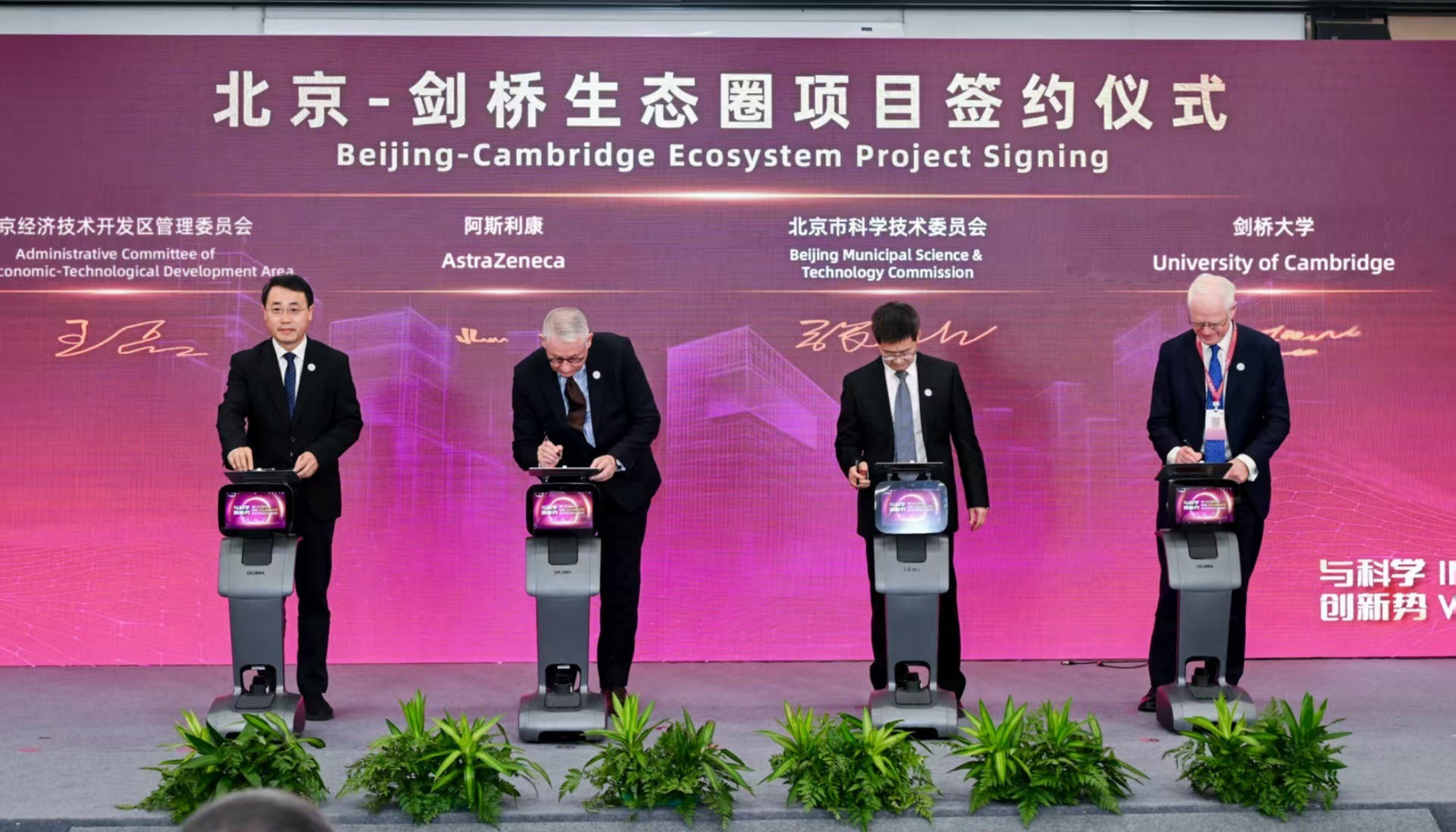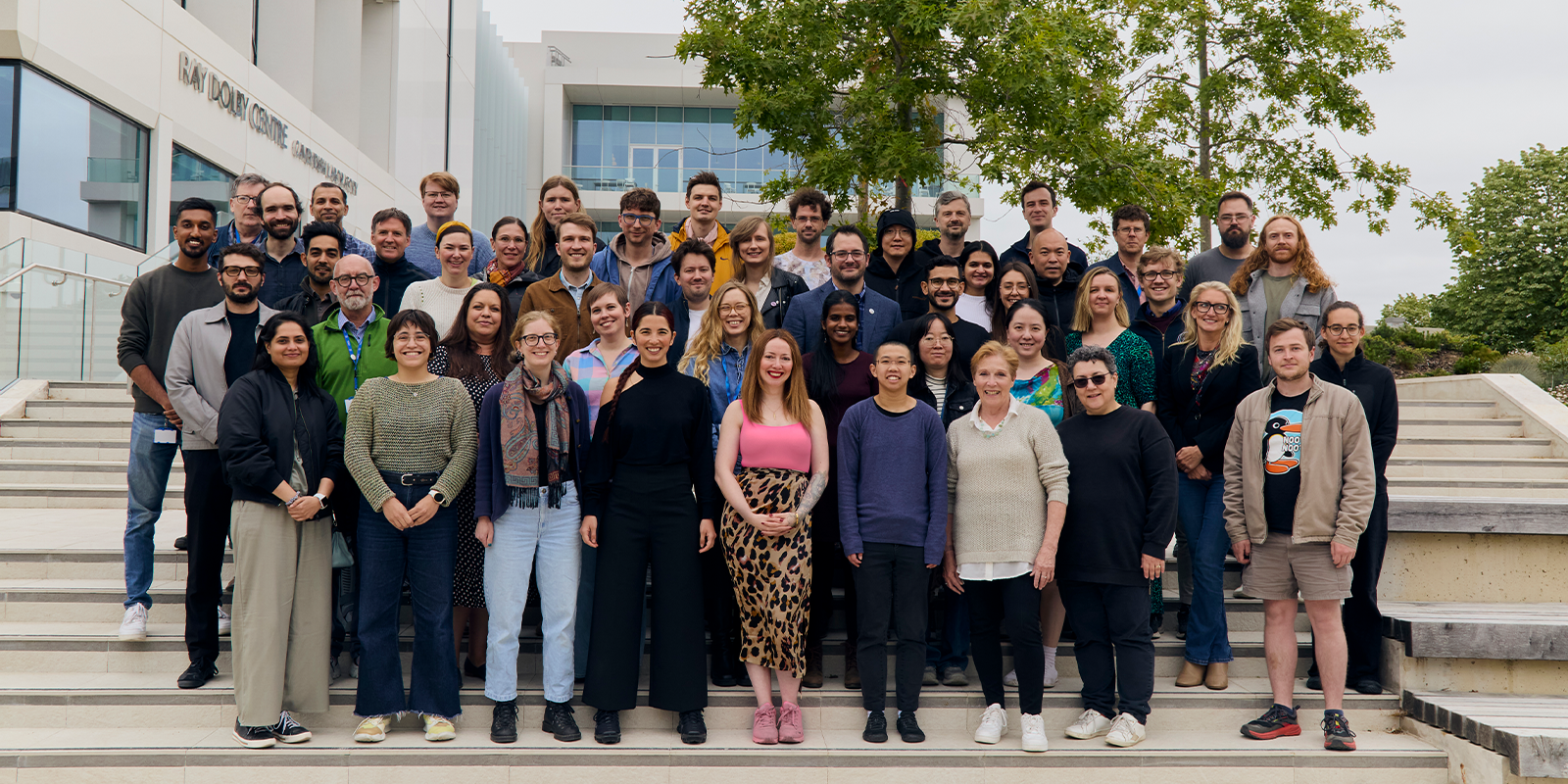A study which examines the economic implications of various strategies for reducing carbon emissions in one of Latin America’s fastest-growing economies is being supported by researchers at the University of Cambridge.
The world of climate policy is divided into two groups: Annex I & II countries that have signed agreements such as the Kyoto Protocol to reduce emissions; and the developing countries which, while not legally bound to reduce emissions, are developing Nationally-Appropriate Mitigation Actions, or NAMAs.
NAMAs are actions which countries can take in order to prevent them from becoming overly reliant on high-carbon forms of energy while they grow their economies. While reducing carbon emissions is a major concern in developed and developing countries alike, governments of all political stripes are hesitant to reduce emissions if it comes at the cost of shrinking the economy. In developing countries such as Mexico, this is a major concern.
Instead of a one size fits all approach applied across the global economy, we have different collections of countries with different types of arrangements.
Dr Douglas Crawford-Brown
After a sharp recession as a result of the global economic crisis in 2009, the Mexican economy has rebounded strongly, growing by 5.4 per cent in 2010 and 3.9 per cent in 2011. Mexico’s per capita carbon dioxide emissions are currently in the vicinity of four tonnes per person, compared to around 20 tonnes per person in the United States and 10 tonnes in the UK. “However, if Mexico were to continue down its current path of development, there’s no doubt they’d be up to eight or ten tonnes per person very quickly, and the overall global goal is to get everyone down to two tonnes per person,” says Dr Douglas Crawford-Brown, Director of the Cambridge Centre for Climate Change Mitigation (4CMR) in the Department of Land Economy.
Many developing countries are building their own NAMA strategies, and Mexico is a leader in this regard. In order to make accurate predictions on how a NAMA strategy might affect the wider economy, a solid macroeconomic model is needed.
Mexico has already started building its own macroeconomic model, but through the United Nations Environment Program (UNEP), they sought the expertise of 4CMR, a specialist in this area. The work of 4CMR was facilitated by the Consultancy Services team at Cambridge Enterprise.
4CMR has been conducting research in Mexico for several years. Dr Terry Barker and Dr Annela Anger-Kraavi had previously conducted a study of the Mexican economy, analysing the possible economic effects of various low-carbon strategies. This was followed by a study of Dr Douglas Crawford-Brown of the human health benefits of carbon reduction in Mexico. The macroeconomic model that the Mexicans are building, while not as complex as 4CMR’s model, is roughly analogous to it. The team at 4CMR is providing support and advice to the Mexican team, providing reviews of the documents they produce, comparing results against the 4CMR model, and diagnosing any differences when they occur.
The model which the Mexican team is building aims to identify various strategies for reducing carbon emissions, how much of a reduction one might expect from any given strategy, and the possible implications elsewhere in the economy if a strategy is implemented.
High quality models and analyses are vital in order to demonstrate to sometimes sceptical politicians and members of the public the possible economic benefits of reducing emissions. “It’s going to be hard to marshal the political will to see low-carbon strategies through unless you can show that you can achieve a reduction in carbon emissions while growing the economy,” said Dr Crawford-Brown. “There are parts of our modelling that suggest this is possible, and that carbon reduction can actually be good for economic growth.”
Across the world, the economic question is always the stumbling block when it comes to reducing carbon emissions. With the global community seemingly unable to come to a consensus for a follow-up agreement to the Kyoto Protocol, Dr Crawford-Brown says that instead of globally binding agreements, it is more likely that climate change policy will start to take the form of multi-lateral, multi-country agreements.
“Instead of a one size fits all approach applied across the global economy, we have different collections of countries with different types of arrangements,” says Crawford-Brown. “After Copenhagen, Cancun and Durban, it appears most likely that multi-lateral agreements are the way forward, and we’re currently seeking additional funding to improve our modelling to allow for these sorts of arrangements, so that we’re ready to provide advice when that begins to happen.”
Photo credit: Mexico City, by Kasper Christensen via Flickr











